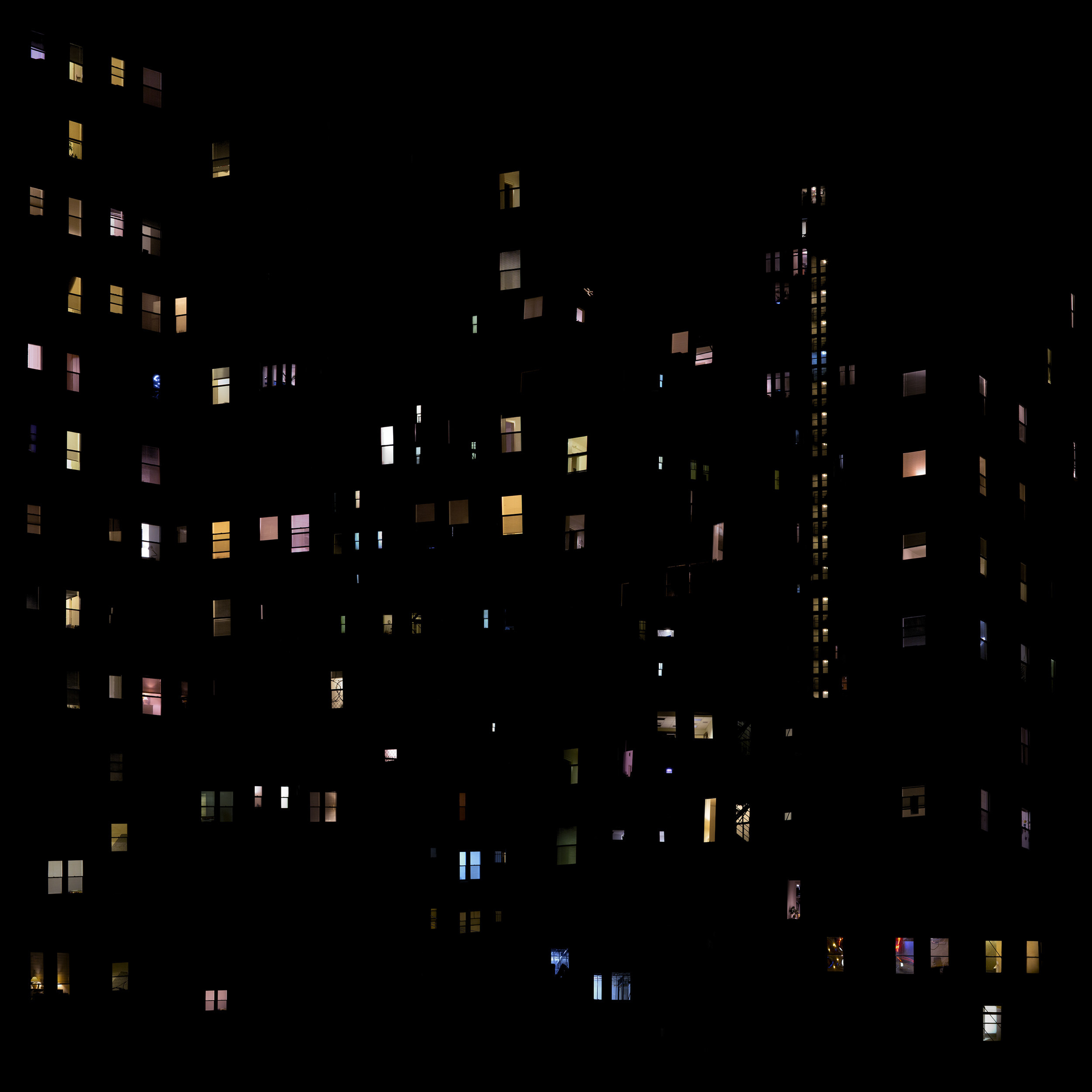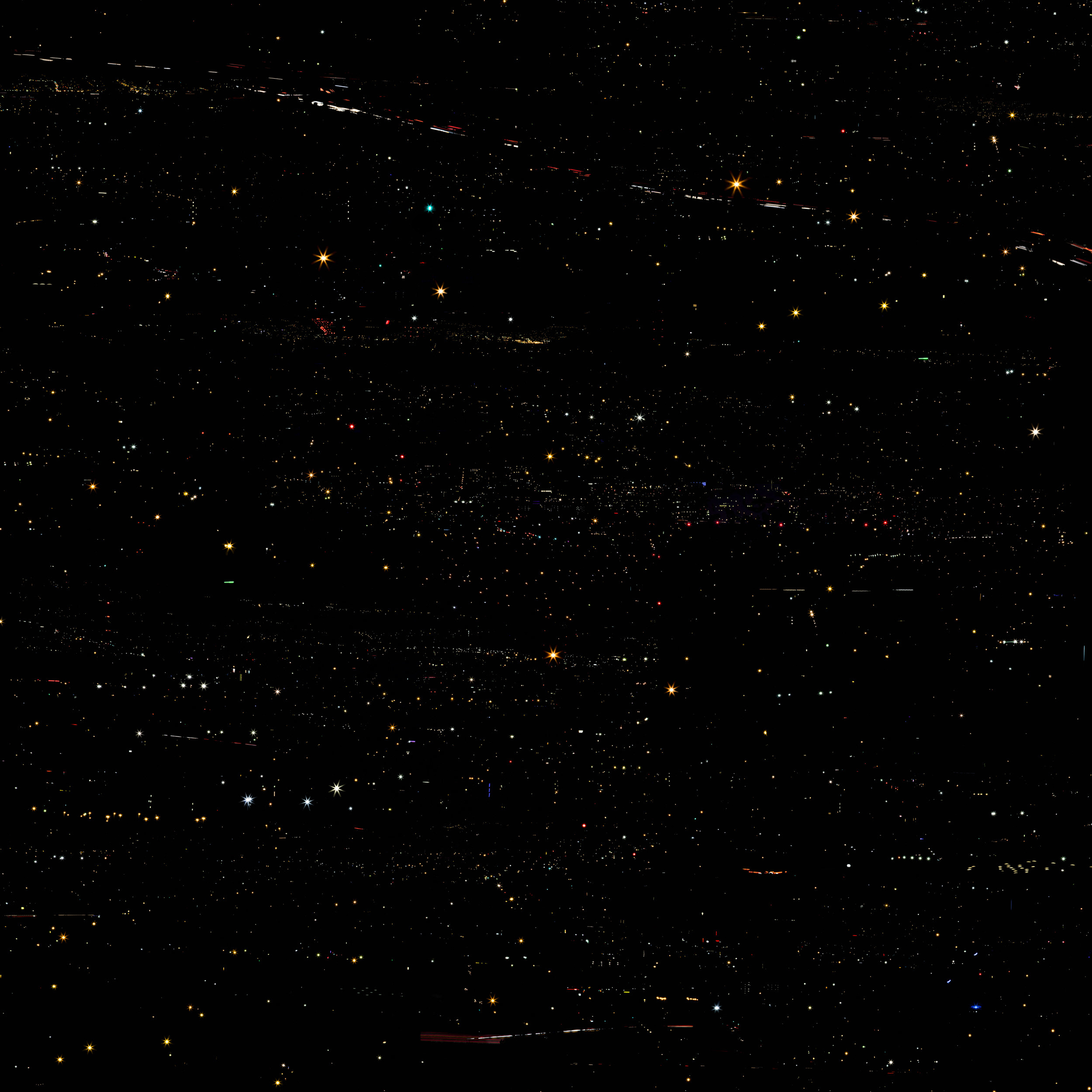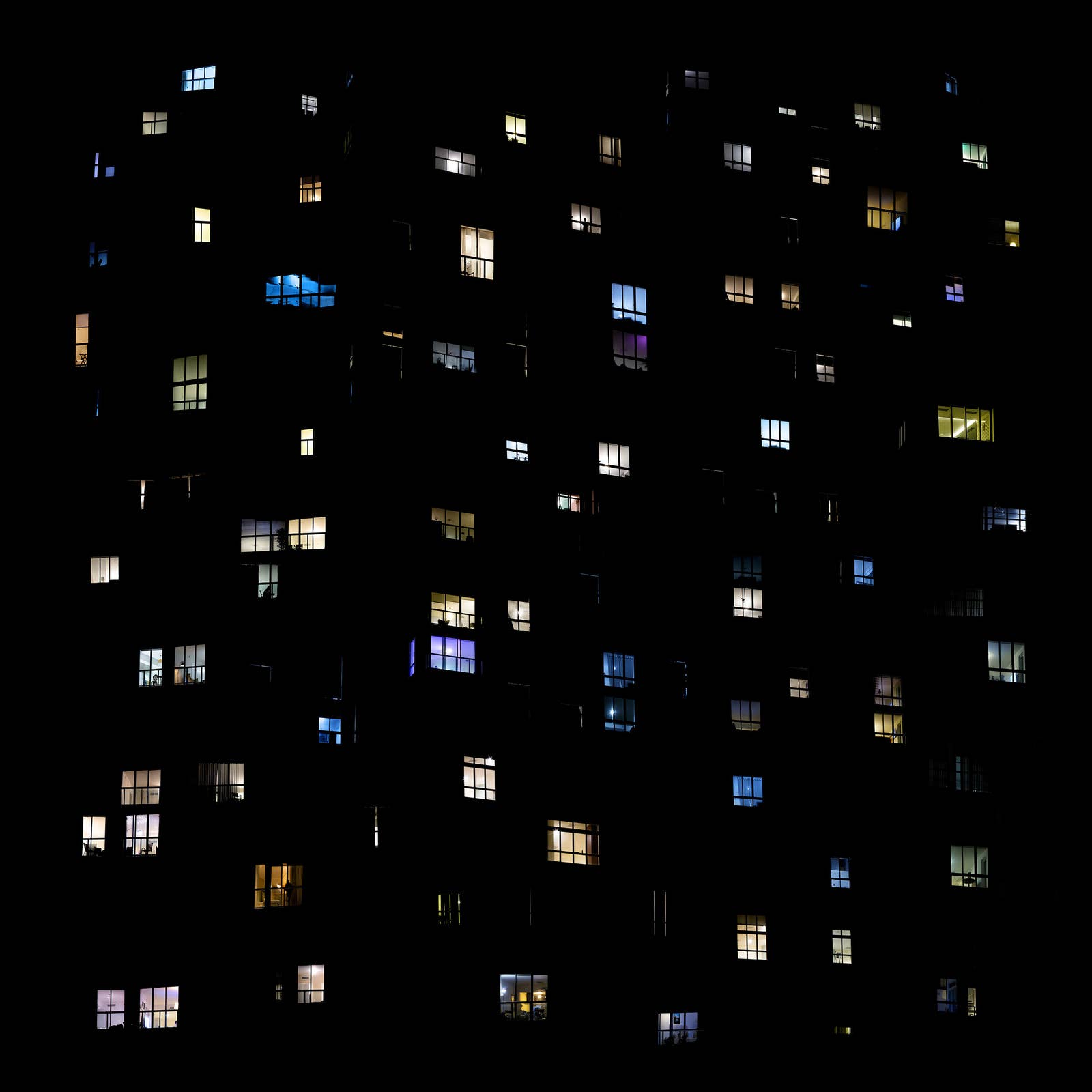
The sense of wonder one feels standing at a window and overlooking a city at night is hard to replicate — but Clarissa Bonet is fantastic at visually dissecting what it means. The fine art photographer takes an elevated approach to the usual hustle-bustle of street photography and focuses on the points of accidental connection between a person and the unique light that comes with living near tall buildings.
Her recent project, Stray Light, abstracts the familiar pinpoints of window light into urban constellations — a clever play, since cityscapes throw up too much light pollution for actual star constellations to be seen. Heading into a new year, it’s a good time to look at the joy to be found in ordinary things. BuzzFeed News spoke with Bonet by email about how this came together.
These images feel a bit magical. What was your inspiration for this project?
Thank you. I was hoping for a little of that to come through when viewing the work. Stray Light is an investigation of the man-made, nocturnal urban landscape, our connection to the night sky, and our connection to one another through that artificially lit night sky. This project was inspired by a few things, but it really comes back to my interest in the anonymity of the city and how that manifests visually in different ways. When I began this project, I was fascinated by mark-making in the city. It comes in many forms, such as the very intentional mark-making of graffiti or the unintentional mark made by someone spilling their coffee on the sidewalk during the morning commute. Both acts are markers, or placeholders, of an individual's presence in space — even in their absence.
With Stray Light, specifically, I am investigating the light emanating from the thousands of windows that dot the night sky to speak to the presence of unseen individuals all around us. This light is another form of mark-making. Just as we cannot deduce information about the individual who spilled coffee on the pavement by looking at the mark, we are also often unable to deduce information about individuals who reside inside these structures; however, it’s fascinating to ponder who they are and what their life might be like. This sense of mystery and awe that the contemporary urban skyline provides also reminds me of the experience of looking up at the cosmos, a connection that is all but broken because of light pollution in cities. So we have created a new cosmos that evokes many of the same feelings as the magical night sky.

Can you talk a bit about the technical approach?
Sure. The images in Stray Light are digital collages. I came to this process after quite a bit of experimenting, which is what I do for all my projects. My aim is always to connect the process to the concept of the project. Carefully constructing each image from multiple photographs, my goal for Stray Light is to reform the urban landscape in my own vision — one that seeks to reconstruct the heavens in its absence above the cityscape. When I go out into the field to make images for this project, typically I don’t have a plan for what the final image will look like; that comes later. I begin with what I call “collecting data,” which is just capturing as many windows as I can in a given night or trip. When I get back to the studio, then I process the files and categorize them. Once I have built up a substantial set of images in an archive for any given city, then I start to build the final collages. Most images in the Stray Light series take a few months to make because they go through many phases. Once I make the initial collage and am satisfied with it, I put it away for a few weeks or months before I revisit it. I need the distance to see what I have created, to forget about the process, and to try to get an emotional connection to the piece. When I come back to the images, sometimes I’m happy with them, and other times they need reworking. Once I finalize the structure of the collage, the piece goes through the final printing phase where I dial in the color of the print — and then the piece is ready for an exhibition. It’s quite a laborious process.
Are all of these shot in Chicago, or do you use multiple cities? Do you have a favorite skyline?
I began photographing for Stray Light in Chicago, but over the years I expanded the project to include New York City, LA, and, most recently, Miami.
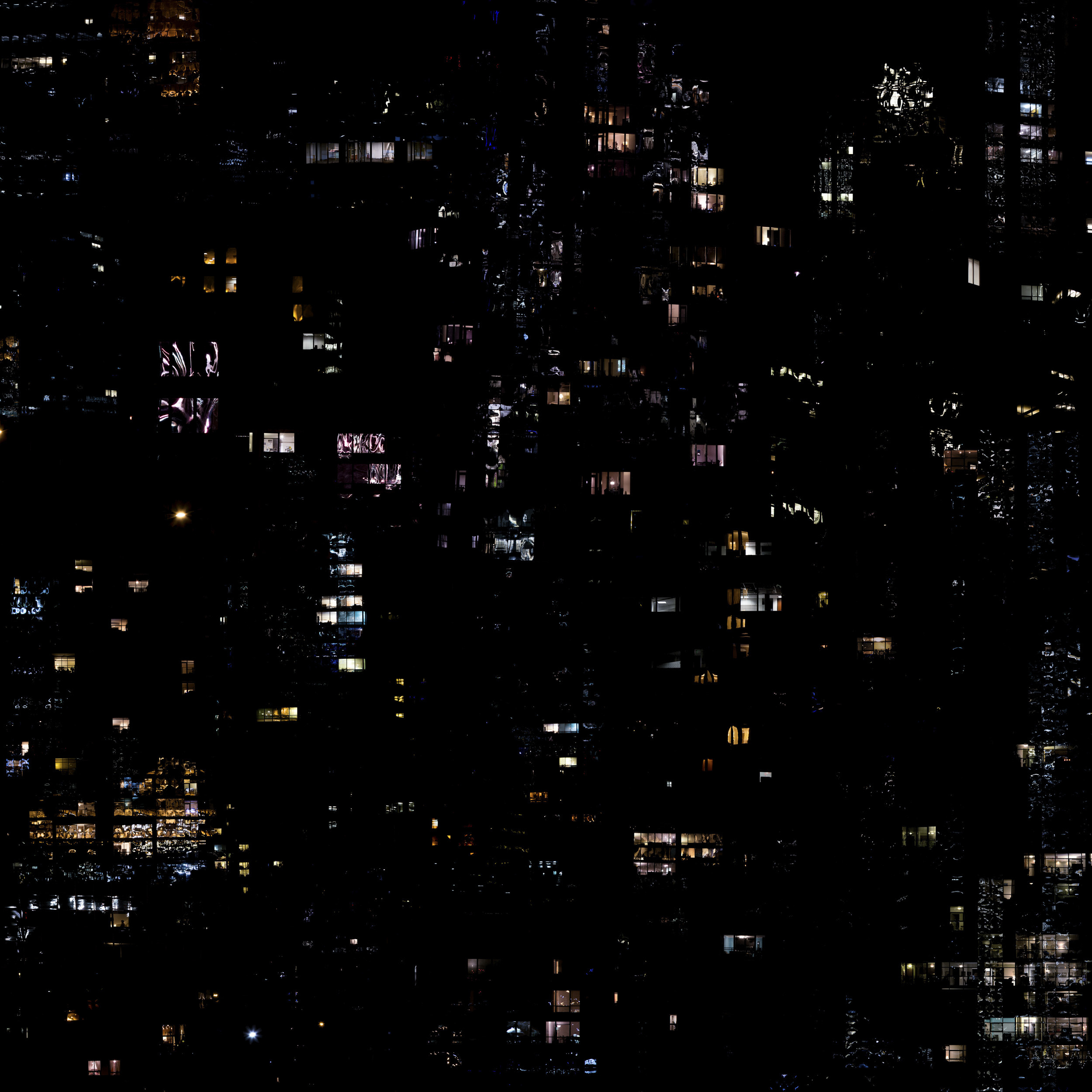
Would you consider yourself a city person?
Absolutely! I moved to Chicago for graduate school a little over 10 years ago and fell in love with the dense city center, public transit, and the pedestrian way of life. I began using the camera as a means to explore and understand my newfound landscape. Over time, it became a career pursuit, and I have been exploring the city as a subject ever since. Prior to moving to Chicago, I lived in Florida, which is a dramatically different environment and way of life. While I very much enjoyed my time in Florida and typically make it back at least once a year to soak up the sun and visit family, I can’t imagine myself moving back to such a car-dominated way of life. I revel in the freedom of being a pedestrian.
Can you talk a bit about your background and how you got into photography?
I was fortunate to be exposed to the arts at a young age. I was enrolled in a visual and performing arts magnet school starting in middle school and then was accepted into the visual arts program at an arts-based magnet school for high school. I wholeheartedly credit the public educational system for sparking my interest in being an artist and fostering that in me. When I was in high school, I took my first photography class and instantly felt a connection to the medium. I was completely fascinated by how the camera could transform the world in front of the lens into something entirely different. From that first class on, I knew I wanted to pursue the medium of photography as a career and to follow the path of an artist. In my pursuit, I went on to study photography in college, earning a bachelor's degree in photography from the University of Central Florida and a master’s degree in photography from Columbia College Chicago.
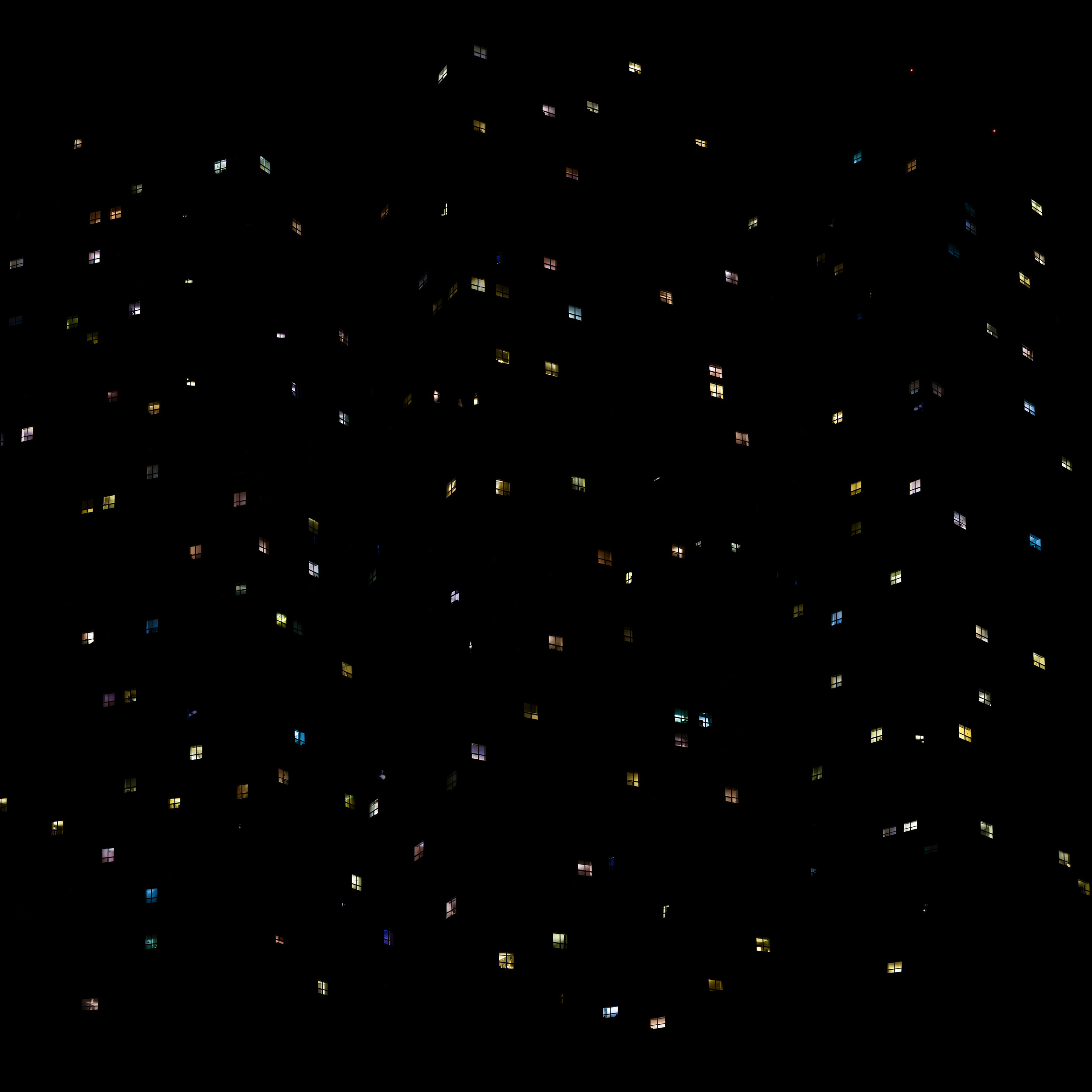
Are you into stargazing? If yes, do you have a favorite constellation?
Yes and no, haha. I wish we could see more of the natural night sky in Chicago, but we are disconnected from it because of light pollution, which prohibits us from seeing the stars above us. So I don’t do much stargazing in the traditional sense. But I do spend a lot of time looking at the artificial cosmos that we have created via the city. When I do get the chance to go out west, I enjoy reconnecting with the natural night sky. One of my favorite places to stargaze is at Jalama Beach in California. The last time I was there, I lay on the beach looking up at the stars for what felt like hours. I could see the Milky Way so vividly that it felt as though I could fall into it. And in the background, I could hear the waves crash on the shore. It was a moving and magical experience.
What are you hoping a viewer will get out of this work?
There is power and beauty in the everyday, mundane experience — that is, if we allow ourselves to take it in. With all my work, I aim to translate the experience of the contemporary urban landscape, specifically the experience pertaining to the dense city center. When looking at my work, I hope the work evokes a sense of mystery and awe that the landscape evokes when standing before it in real life.
In the new era of social distancing, the work might resonate with new intensity. The work references not only the ordinary, contemporary urban experience, but also the prevailing, complicated state of life during a pandemic. When sheltering inside, flipping a switch artificially lights the night sky, which allows those who gaze over the landscape of the city the comfort of knowing we are not alone — as well as the new comfort of connectedness at a distance.

